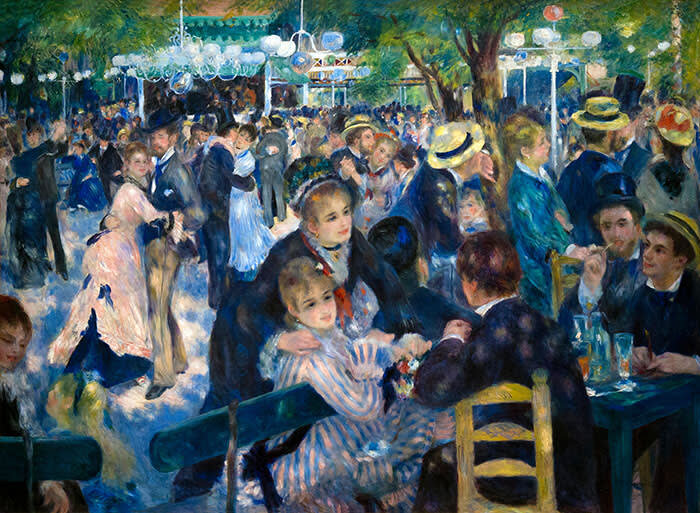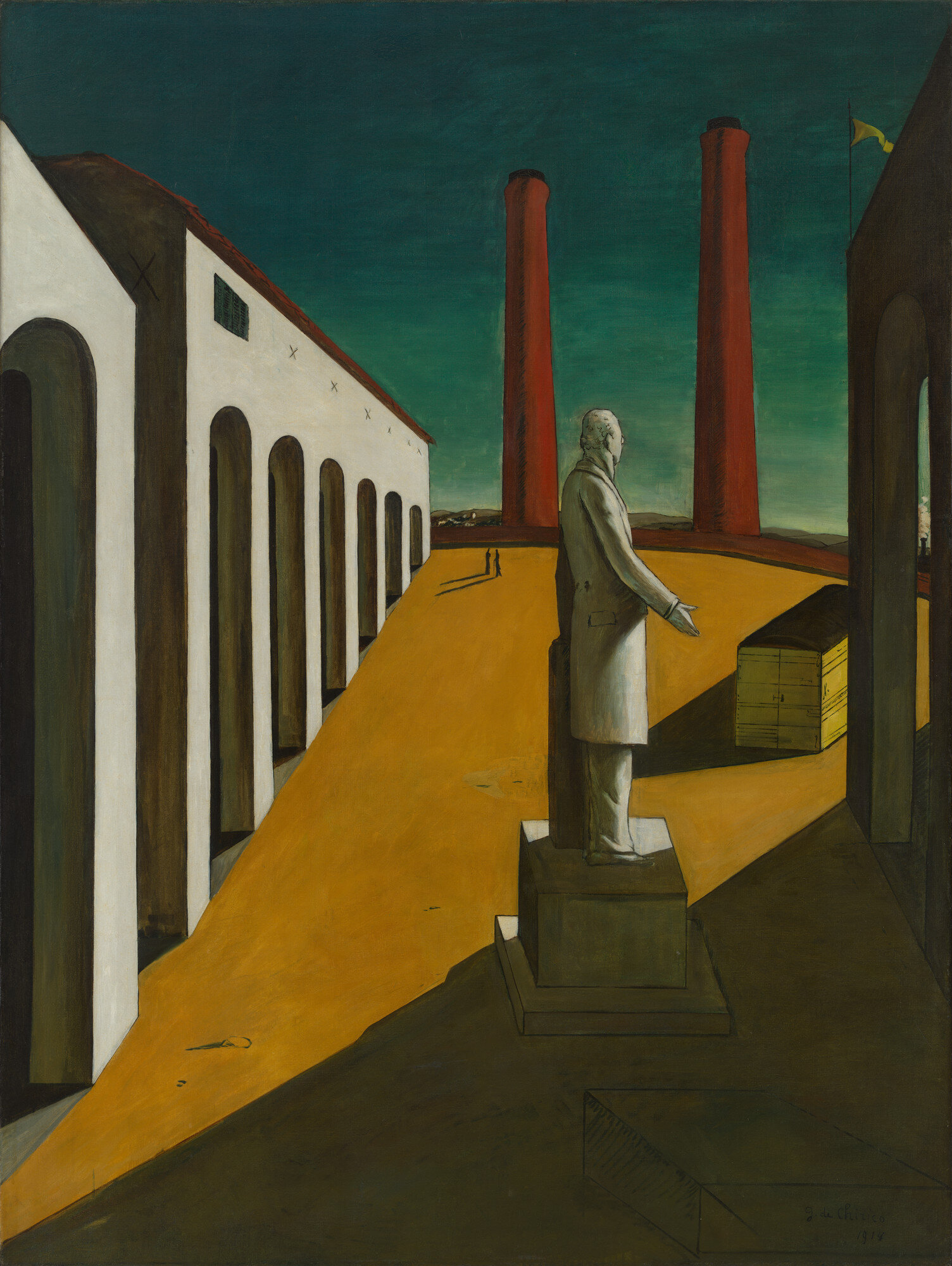Hell is Other People?- The Future of the City
Here are a few images from one of my lectures ‘Picturing the City’. An opportunity to reflect as we slowly re-emerge after collective lockdowns…
Gustave Caillebotte, The Bridge of Europe, 1876, Musée du Petit Palais, Paris
What’s going to happen to our city centres? In the age of pandemic, shops, offices, and restaurants have been firmly off limits-city centres reduced to quiet retreats. Since 2007 more than half the world’s population now officially live in cities but it is tempting to wonder how this will change in a world which has become so traumatised by the effects of pandemic. Hell has certainly been other people, to take the French philosopher Jean Paul Sartre’s phrase. So will we now shun the crowds of the city in favour of seemingly safer rural life?
Artists have long been fascinated by the city and city life-certainly since the 19th century the city has been used as a trope to represent modernity. Gustave Caillebotte’s The Bridge of Europe from 1876-a classic example of a modern life Parisian street scene.
Camille Pissarro, The Boulevard Montmartre at Night, 1897, National Gallery, London
The electrification of cities was a popular aesthetic for Impressionists like Camille Pissarro. Paris, like London, began to be electrified at the beginning of the 1880s creating a very different sort of urban experience from the more vaporous, hazy gaslights at the beginning of the century. This painting is alive with light: the repeated patters of flickering carriage lights, the street lamps, the shop windows. Streets which might have been dark and dangerous were now enticing and energetic.
John Atkinson Grimshaw, Liverpool Quay by Moonlight, 1887,Tate
John Atkinson Grimshaw was famous for his night scenes of urban landscapes-in particular these views of docks in northern cities such as Liverpool and Hull. The golden glow cast from the shops through the fog and drizzle reflected on the wet cobble stones created a new type of urban aesthetic. The divisions between inside and outside spaces-shop and street- were loosened through the mesmerising effects of electrical lighting.
Hatekeyama Naoya, display at Tate Modern, Night-time Tokyo
Night time images of Tokyo from the 1990s
Pierre Auguste Renoir, Dance at le Moulin de la Galette, 1876, Musée d’Orsay
Nicole Eisenman, Brooklyn Biergarten II,2008
Will the crowds return to our cities?
Giorgio de Chirico, The Enigma of the Day, 1914, MOMA
The empty streets of the Italian artist Giorgio de Chirico, painted in 1914 as Europe braced for what was to be a truly cataclysmic war-and one which was followed by the last world pandemic-the Spanish flu of 1918-1922.
Hey Ho! We can always rely on art to cheer us up!
Picturing the City-How Artists Depicted the City is available as a longer lecture. Please contact me for further details






